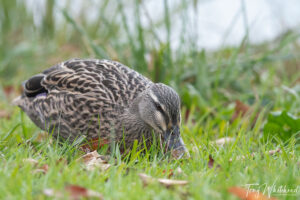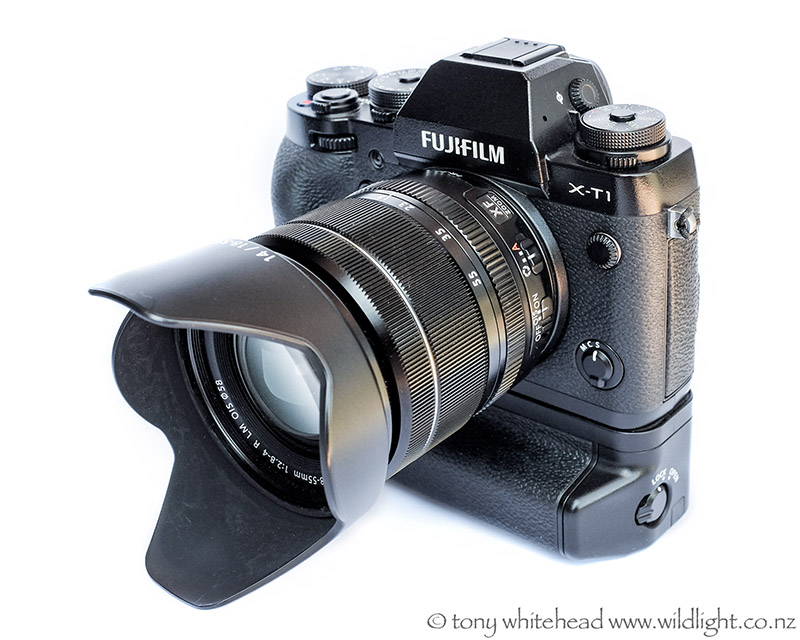
Those that follow my blog will know my affection for my Fuji X100 and subsequent X100s. The jpg files from these cameras are gorgeous and the cameras lovely to use with their logical dial-based manual controls. For the past 6 months I have been using a Fuji XT1 with the standard 18-55 kit zoom , the 55-200mm tele-zoom and a Samyang 8mm fisheye lens. The build quality and lenses are superb and a joy to use. This combination makes a very compact and light kit that can be easily carried in a light shoulder bag ( I am using an old Tamrac bag that I used to use with a Nikon F90 with a 28-70mm and 80-200mm zoom lens). I have added the battery grip to the XT1 body as it improves the grip and balance significantly for the size of my hand, as I find my little finger slips under the body without it. Having an additional battery on board is useful as the battery life is short compared with a DSLR. I carry a total of 4 batteries, 1 in camera, 1 in the grip and 2 spares. I change out the battery in the grip as soon as it depletes and have never needed to recharge more than 2 batteries at the end of a day.
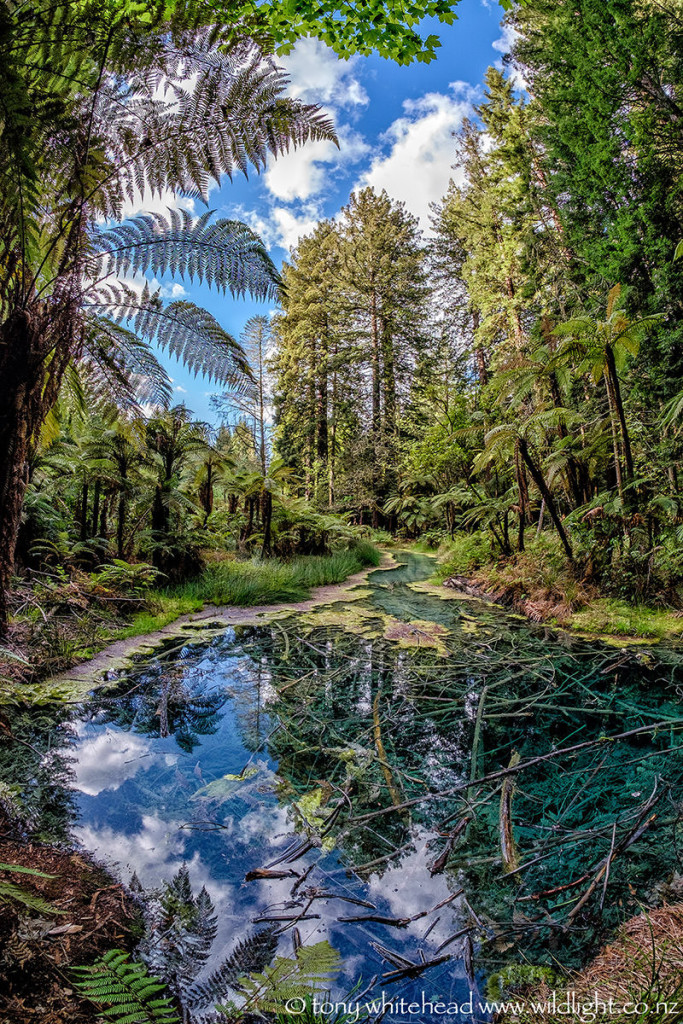
As with all things, there is compromise. The versatility of interchangeable lenses is great and for a travel camera this set-up is ideal. For purely street photography or as a compact carry camera, the X100 series is hard to beat but the fixed 35mm equivalent lens can be limiting for more general use. The big question for me was whether I could dispense with carrying my heavy Nikon gear and having now taken 2 trips with both Nikon and Fuji, I can safely say that, if it wasn’t for birds, wildlife and sport, the Fuji XT1 would do everything I want. The issues in those 3 areas relate to autofocus and the electronic viewfinder (EVF). Some Fuji user blogs and podcasts are impatiently awaiting the planned 100-400mm lens which will give a field of view equivalent of 600mm needed for birds, but in my view if this lens was available now we would have a lot of disappointed users, trying to get bird photos and getting frustrated. Fuji would be wise hold this lens back until they have a body that can do it justice in competition with a DSLR. The big issues that I have experienced when using the Fuji XT1 for birds is the EVF, which despite being large and with little lag cannot compete with an optical viewfinder for resolution and immediacy. Watching a bird through the EVF there is enough delay that the image when shot doesn’t match what was seen. I am often looking for subtleties of head angle and eye highlights and I find these much more difficult to see through the EVF than with an optical view finder in a DSLR. The issue is magnified when using high frame rates and trying to track a moving object with continuous autofocus as I find it very difficult to keep track of a moving bird with the EVF. Even with a perched bird you can usually anticipate where it is likely to move and with the EVF they will just vanish from the frame with no idea which way they moved. I have used it to photograph soccer and have found the same issues frustrating with results being rather hit and miss compared to using a DSLR. For more static wildlife it is great but if any significant action the same reservations would apply.
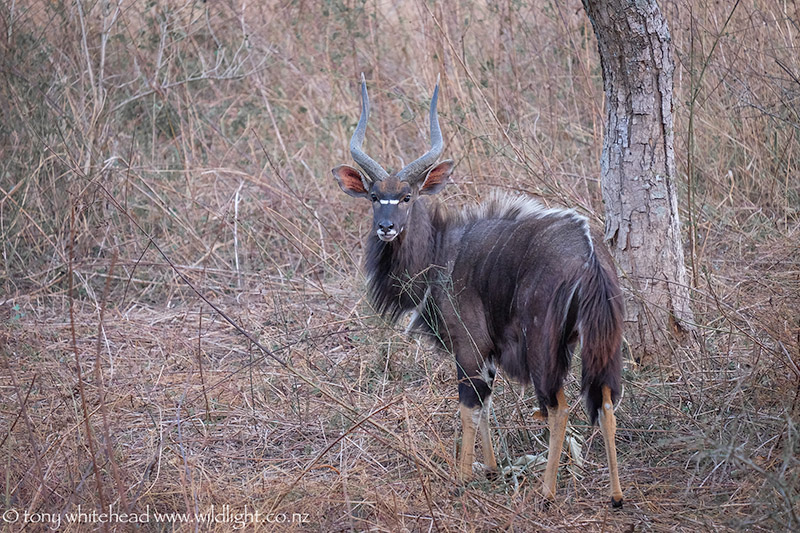
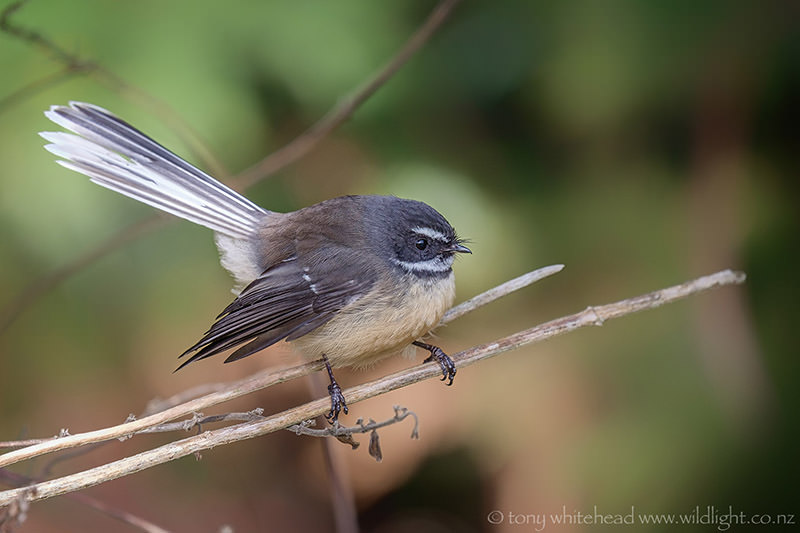
For me, it has become a great camera kit to use but in addition to, and not in place of, my DSLR. If I didn’t want to cover birds, sport and wildlife I could ditch the Nikon gear, although the gorgeous high resolution, high dynamic range D810 files would be hard to give up. I find the Fuji setup comfortable and fun to use and carry it most of the time. It would be great as a travel kit but hasn’t solved the problem of having to take a heavy DSLR setup most places. I have a couple of projects that will be perfect for a Fuji-only approach and a recent duck research project was fun to document with the XT1 because there were no duck only pictures needed.
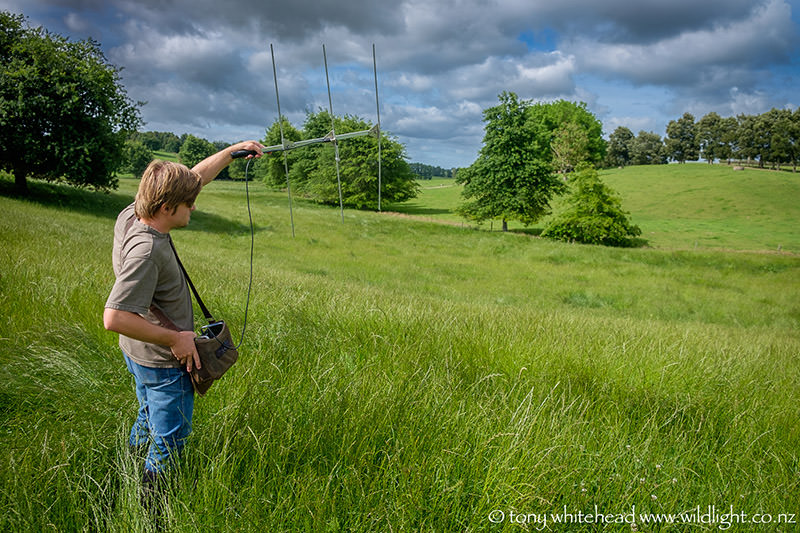
For anyone wanting a camera that has the versatility of interchangeable lenses and that makes beautiful jpg files out of there camera, it is hard to go past the Fuji. Image quality is superb and I often will edit the out of camera jpg in Lightroom instead of the RAW file. Lightroom has some issues with rendering the RAW files from the Fuji X-Trans sensor and the out of camera jpg files are lovely and sharp and can stand a fair amount of editing and maintain excellent quality. I have recently started experimenting with Iridient developer as a RAW processor for the Fuji files that I want to extract the most from and will post on this once I have some conclusions.
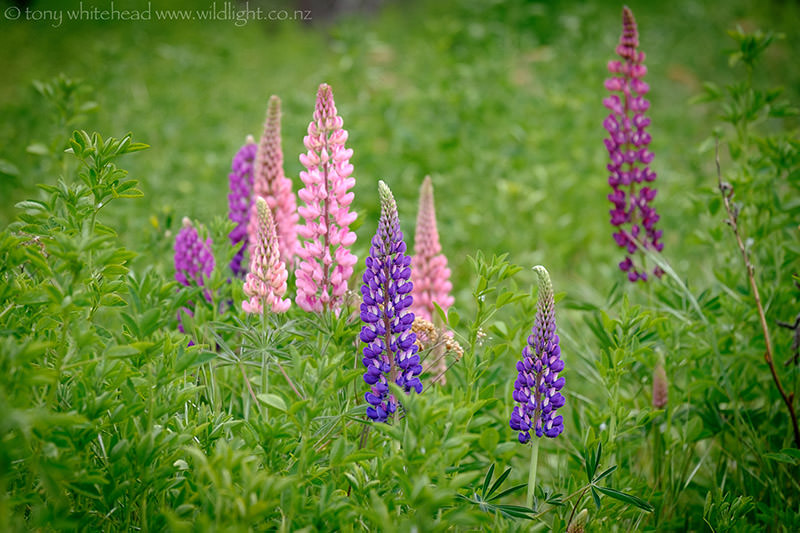
Packing for my expedition to the New Zealand Subantarctic Islands has triggered this post as I have so far had the luxury of taking both kits and I have had to decide what to leave behind for this one. The Nikon DSLRs (D810 and D3s) have to go as birds and wildlife are the focus. The X100s has to go as it is small and compact and ideal for contextual shots when carrying 2 rigged DSLRs. The XT1 would be nice to have but would be an extra so will stay behind (unless I can sneak it in with the fisheye attached!).
